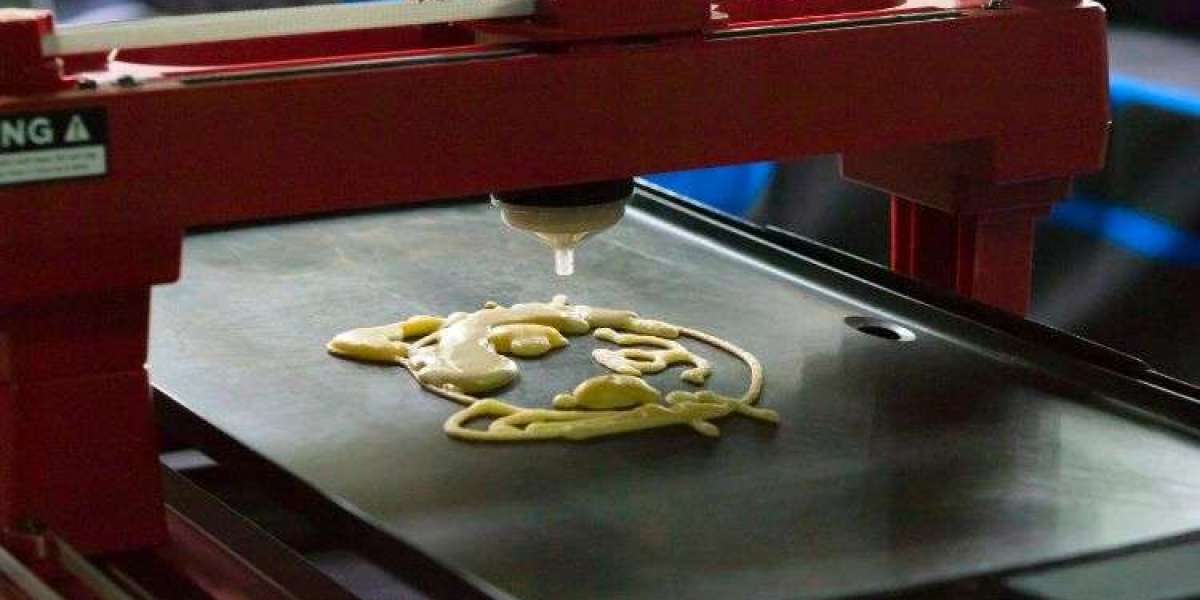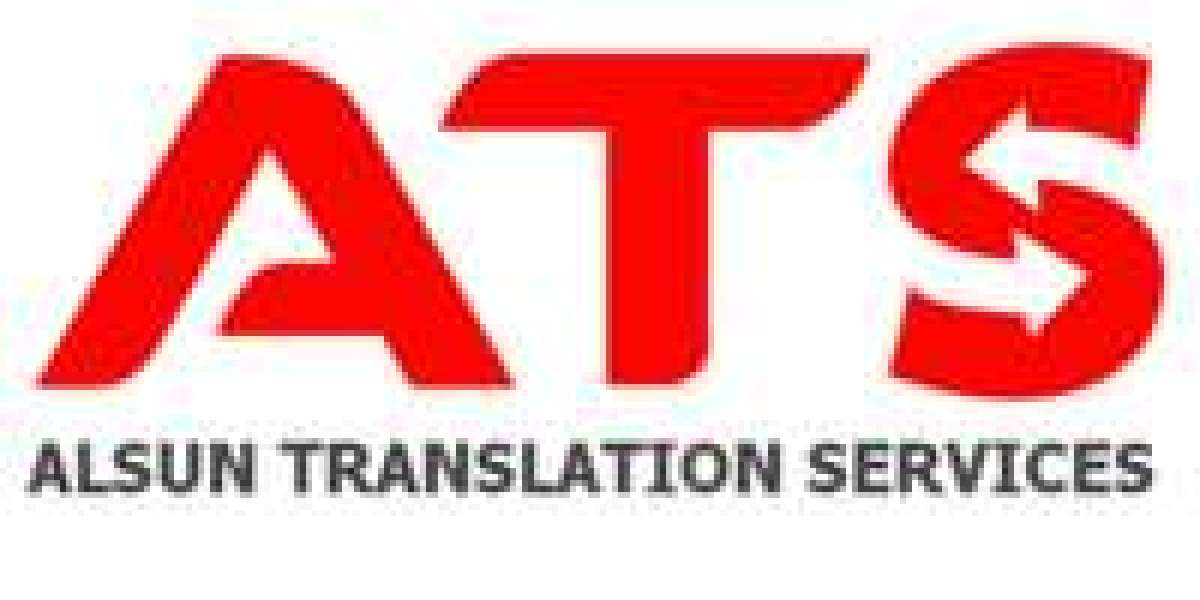The global 3D food printing market size attained a value of approximately USD 461.17 million in 2023. The market is further expected to grow in the forecast period of 2024-2032 at a CAGR of 72.8% reaching a value of around USD 63,350.99 million by 2032. This rapid growth signifies the increasing interest in this technology's potential to revolutionize the food industry. But can 3D food printing truly live up to the hype and create a more sustainable future for food production? Let's delve deeper and explore how this technology tackles the issue of food waste.
Understanding the Problem: Food Waste and its Impact
Food waste occurs throughout the entire food supply chain, from production and processing to distribution and consumption. Here's a closer look at the contributing factors:
- Production and Processing: Inefficient agricultural practices, poor storage facilities, and unrealistic cosmetic standards for fruits and vegetables lead to significant food waste at the farm level.
- Distribution and Retail: Transportation issues, spoilage during storage, and inaccurate demand forecasting contribute to waste at grocery stores and restaurants.
- Consumer Behavior: Overbuying, improper storage practices, and meal planning miscalculations lead to food waste at the household level.
The consequences of food waste are far-reaching. It contributes to:
- Environmental Impact: Food waste decomposes in landfills, releasing methane, a potent greenhouse gas. Additionally, resources like water and land used for food production are wasted.
- Social Impact: While food waste exists, millions of people around the world face hunger and malnutrition. This disparity highlights the inefficiency of the current food system.
- Economic Impact: The financial losses associated with food waste are staggering. Businesses lose profits, and consumers waste money on uneaten food.
Current Efforts to Reduce Food Waste
Governments, organizations, and businesses are actively working on solutions to minimize food waste:
- Initiatives like "ugly fruit" campaigns aim to raise awareness about the acceptability of imperfect produce.
- Improved storage and transport infrastructure are being developed to reduce spoilage.
- Technological advancements like shelf-life extending solutions are being explored.
- Donation programs and apps connect surplus food with those in need.
While these efforts are commendable, challenges remain. Lack of public awareness, fragmented supply chains, and economic disincentives hinder the effectiveness of existing strategies.
3D Food Printing: A Game Changer for Food Waste Reduction
3D food printing technology offers a novel approach to tackling food waste on several fronts:
Customized Portion Control: Unlike traditional methods, 3D printers can create precise portions of food, reducing overproduction and the associated waste.
Utilization of Food By-Products: 3D food printing can utilize alternative ingredients and food by-products that would otherwise be discarded. These by-products can be pureed, mixed, and used as "ink" for the printer, transforming them into edible creations.
Extended Shelf Life: 3D printing allows for the creation of food products with a longer shelf life. Precise control over ingredients and printing parameters can create shelf-stable foods, reducing spoilage and waste.
Case Studies: Printing a Sustainable Future
Several businesses and organizations are using 3D food printing to tackle food waste:
- SunFood: This Dutch company uses 3D printing technology to create personalized, nutritious meals for astronauts aboard the International Space Station. Their technology helps minimize food waste on long-duration space missions.
- Redefine Meat: This Israeli company utilizes 3D printing to create plant-based meat alternatives. Their technology allows them to create realistic meat textures using minimal ingredients, reducing waste associated with traditional meat production.
These are just a few examples highlighting the potential of 3D printing in creating a more sustainable food system.
Environmental and Economic Benefits
By reducing food waste, 3D printing contributes significantly to environmental and economic well-being:
Reduction in Environmental Footprint: By minimizing food waste, 3D printing helps reduce greenhouse gas emissions, water usage, and land degradation associated with food production.
Cost Savings and Economic Efficiency: Reduced food waste reduces costs for businesses and consumers. Additionally, 3D printing opens doors for on-demand food production, potentially reducing reliance on long-distance food transportation and associated costs.
Challenges and Future Outlook
While 3D food printing offers a promising solution for food waste reduction, there are challenges to overcome and areas for further exploration:
Technological Limitations: Current 3D food printers may have limitations in terms of printing speed, variety of food textures, and compatibility with a wider range of ingredients. Further research and development are needed to address these limitations.
Integration into Food Supply Chains: Integrating 3D printing technology into existing food production and distribution systems requires careful planning. Scalability, cost-effectiveness, and regulatory considerations need to be addressed for widespread adoption.
Consumer Acceptance: The novelty of 3D printed food might raise concerns related to taste, texture, and safety. Public education and demonstrations showcasing the benefits and safety of this technology are crucial for consumer acceptance.








